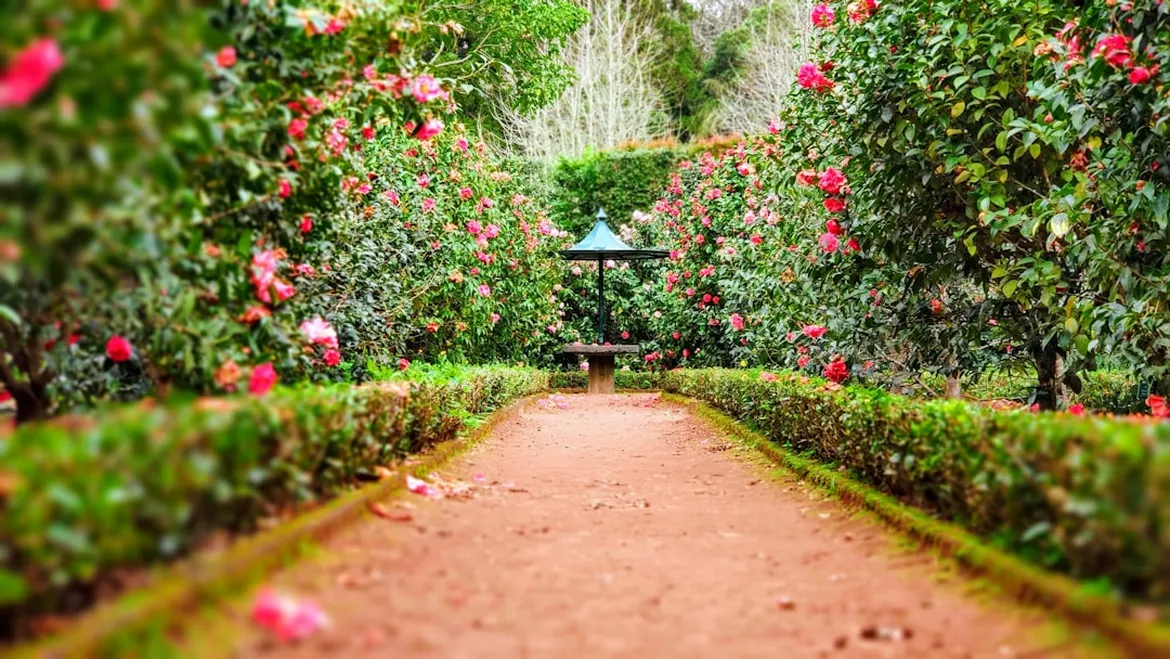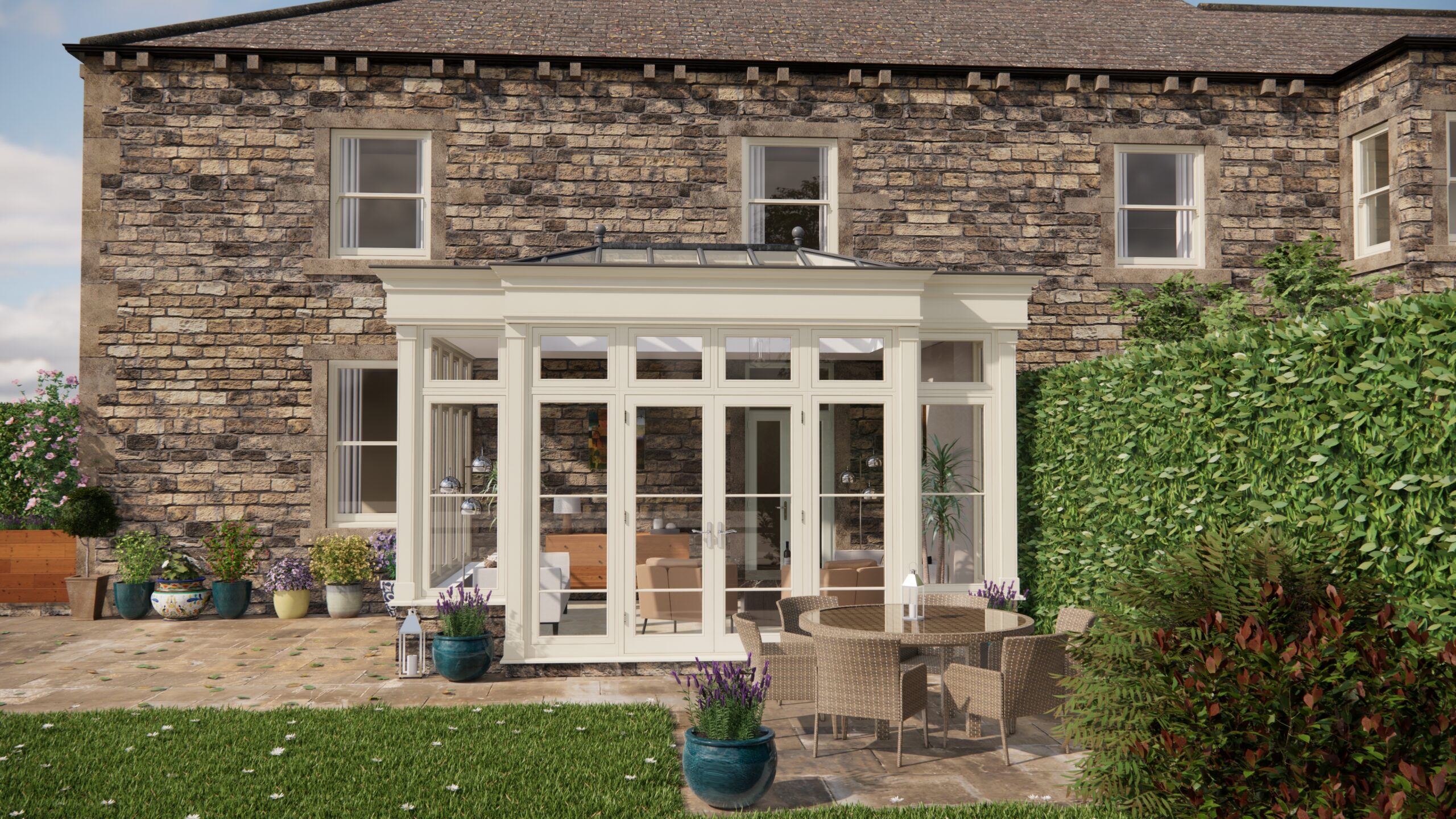Right, pull up a chair, let’s talk gardens! I was just having a fascinating natter with my friend Matthew about how to really enjoy our gardens here in the UK, you know, beyond just mowing the lawn and hoping for sunshine. We were particularly focused on keeping it green, and I don’t just mean the grass! I’ve been diving into articles on sustainable gardening lately – things like water conservation, composting, and avoiding nasty chemicals. And Matthew had some brilliant real-world experience to share.
“It’s all about working with nature, not against it,” Matthew started, taking a sip of his tea. “Take water, for instance. I’ve installed a couple of water butts connected to my greenhouse gutters. Collects rainwater like you wouldn’t believe! Perfect for watering the plants, especially in those drier spells. Plus, it’s free!” He’s absolutely right. Installing water butts is a simple, cost-effective way to reduce your reliance on mains water. You can find them at most garden centres, and fitting them is usually a breeze. I’ve also read about using grey water – water from your washing machine or shower – for irrigation, but that needs a bit more planning and you need to ensure it’s safe for your plants (avoid detergents with high salt or boron levels).
Then we got onto composting. “Oh, composting!” Matthew exclaimed, his eyes lighting up. “Best thing I ever did for my garden. I have two compost bins – one for the current batch, and the other for the finished stuff. It’s basically free, nutrient-rich food for my plants!” He’s a convert, alright! Composting is surprisingly easy. You just need a mix of “greens” (nitrogen-rich materials like grass clippings and vegetable scraps) and “browns” (carbon-rich materials like dried leaves, cardboard, and wood chippings). Layer them in your compost bin, keep it moist (but not soggy), and turn it regularly to aerate it. In a few months, you’ll have a beautiful, dark compost that your plants will adore.
We also chatted about the absolute horror that is peat. “Peatlands are so important for carbon storage,” Matthew stressed. “Using peat-free compost is a no-brainer for me. It took a bit of getting used to at first, some peat-free composts can be a bit…different. But now I wouldn’t use anything else.” Finding good peat-free compost is key. Look for options made from materials like coir (coconut fibre), wood fibre, or bark. They might require a bit more watering initially, but they work just as well as peat-based composts, without the environmental damage.
And finally, the big one: avoiding harmful chemicals. Matthew is adamant about this. “I try to avoid any chemical pesticides or herbicides. There are so many natural alternatives! I use companion planting to deter pests, and I’ve even started making my own organic pesticides from things like garlic and chilli peppers.” Companion planting involves planting different types of plants together that benefit each other. For example, planting marigolds near tomatoes can help to deter pests. There are tons of resources online that detail which plants work well together. As for homemade pesticides, a simple garlic spray can be effective against aphids. Just crush a few cloves of garlic, soak them in water for a day or two, then strain the liquid and spray it onto your plants. Remember to always test a small area first to make sure it doesn’t damage the foliage.
Matthew’s enthusiasm is infectious. He’s really showing me that a beautiful, thriving garden doesn’t have to cost the earth – literally. By embracing sustainable practices like water conservation, composting, using peat-free compost, and avoiding harmful chemicals, we can create gardens that are not only a joy to look at, but also a force for good. And, by sharing tips and tricks with friends like Matthew, we can all learn to garden more sustainably together. It’s all about making those small changes, bit by bit, and seeing the bigger picture bloom.


